
- 0 Comments
- PRMA Plastic Surgery
We recently hosted a Facebook LIVE discussion covering lymphedema and the surgical treatment options available today. If you missed it, don’t worry! You can catch the replay here!
What is lymphedema?
Lymphedema is a chronic condition where excess fluid collects in the body causing swelling. Most commonly, lymphedema occurs in the arms or legs. Patients are at a high risk for lymphedema if they have had lymph nodes removed from the under arm during breast cancer surgery. The risk is also increased following radiation treatment.
Where is the lymphatic system located?
They lymphatic system is part of the vascular system and is located throughout the entire body.
What are the common symptoms of lymphedema?
Common symptoms of lymphedema in the upper extremity include swelling of the hand or arm, a constant dull ache and/or loss of feeling.
When can symptoms of lymphedema appear?
Symptoms of lymphedema can occur anytime, even years, after surgery or trauma to a given area.
Who should a patient consult with if they think they have lymphedema?
If a patient is concerned they may have lymphedema, they have the option of being evaluated by a certified lymphedema specialist or a board-certified plastic surgeon specializing in lymphedema surgery.
What can patients do to prevent or improve the symptoms?
There is not much a patient can do to prevent lymphedema but keeping active and maintaining a BMI below 30 can help reduce the risk of developing the disease.
What are the surgical options for treatment?
At PRMA we offer two surgical treatment options—Vascularized Lymph Node Transfer (VLNT) and Lymphaticovenous Anastomosis (LVA).
Can the surgical treatment options be performed as a stand-alone procedure?
LVA is performed as a stand-alone procedure in an outpatient setting.
VLNT can be performed as a stand-alone procedure or combined with DIEP flap breast reconstruction.
What are the success rates of the surgical treatment options/What is the benefit of one surgical treatment option over the other?
The rate of success after surgery is variable. Because both procedures are relatively new, there is little data on the long-term success. The LVA procedure does have a lower risk of complications, but early studies suggest that the VLNT procedure may provide a slightly increased benefit to patients compared to the LVA.
Does insurance over the surgery?
Unfortunately, insurance does not cover these procedures at this time. However, PRMA offers financing options through Care Credit.
Can surgery be performed as a prophylactic procedure?
Technically yes. However, these procedures are still very new. Early studies do not indicate that prophylactic surgery would benefit patients.
What are some non-surgical treatment options?
Non-surgical treatment options include lymphatic drainage performed by a certified lymphedema specialist, wearing compression garments and practicing proper skin care.
Does breast reconstruction increase the risk of developing lymphedema?
No. There is no evidence suggesting undergoing breast reconstruction will increase the risk of developing lymphedema.
What is the risk of developing lymphedema in the donor site after VLNT?
There is a very slight risk of developing secondary lymphedema in the donor site after VLNT. Again, this procedure is very new so there is no exact data, but we have not encountered this in our experience at PRMA.
What type of follow up care is recommended after surgery?
We recommend patients continue to follow up with a certified lymphedema specialist for proper evaluation and follow up care. This includes massage, wearing compression garments and practicing proper skin care.
Author: Dr. Ramon Garza III and Courtney Floyd
If a patient is concerned they may have lymphedema, they have the option of being evaluated by a certified lymphedema specialist or a board-certified plastic surgeon specializing in lymphedema surgery.
Leave Comment
Sign Up for Our Monthly Newsletter
Continue Reading

Breast Reconstruction Surgery and Your Period
Breast Reconstruction Surgery and Your Period December 02, 2020 Share on Facebook Twitter Linkedin During our pre-operative appointment with patients, a topic that occasionally arises is menstrual cycles. It is completely normal for women to experience changes with their periods throughout breast cancer treatments. These can be temporary or permanent. Periods can be unpredictable following […]
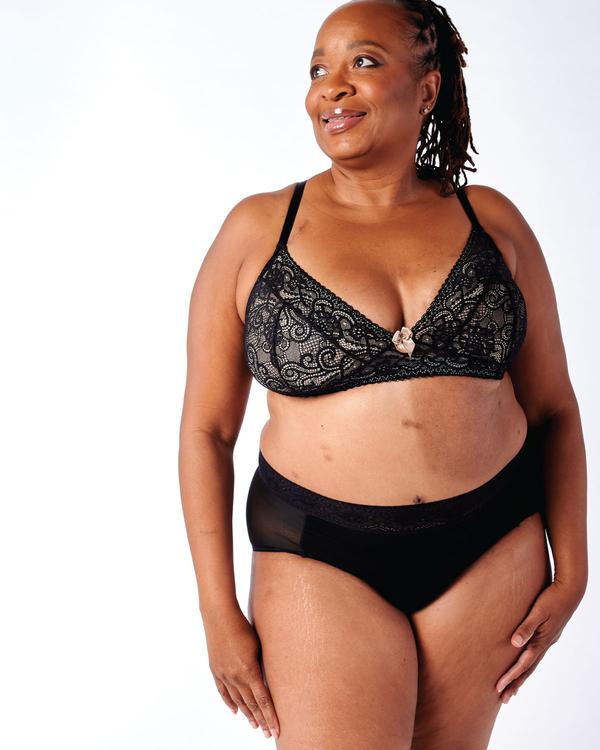
What Bras and Abdominal Girdles to Wear After Breast Reconstruction Surgery
What Bras and Abdominal Girdles to Wear After Breast Reconstruction Surgery November 17, 2020 Share on Facebook Twitter Linkedin When preparing for breast reconstruction surgery, many patients want to know what types of bras and abdominal girdles they should plan to wear after surgery. Although every surgeon has slightly different preferences, we have put together […]

My 5 DIEP Flap Realities | A Guest Blog From Julie
My 5 DIEP Flap Realities October 28, 2020 Share on Facebook Twitter Linkedin Hi everyone, my name is Julie from It’s a Bosom Thing. I am so happy to be here as a guest blogger and have this opportunity to share with you a few thoughts about life after DIEP Flap Surgery. I was diagnosed […]
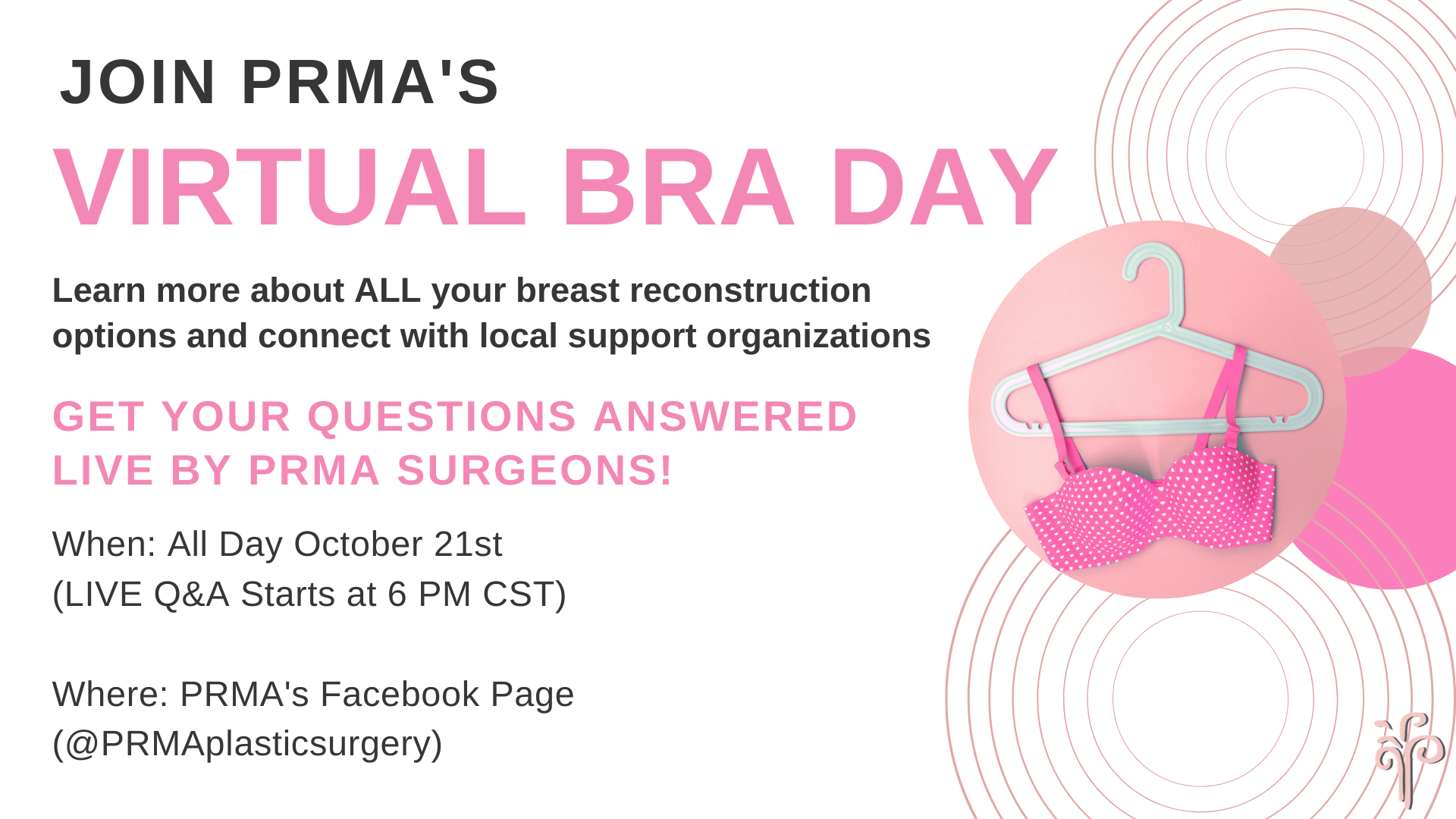
PRMA’s BRA Day Virtual Event Recap
PRMA’s BRA Day Virtual Event Recap September 08, 2020 Share on Facebook Twitter Linkedin Yesterday we celebrated Breast Reconstruction Awareness day! Although we missed seeing everyone in person this year, we were still able to spread education and awareness on ALL reconstructive options through our virtual efforts. We were also able to share information on […]
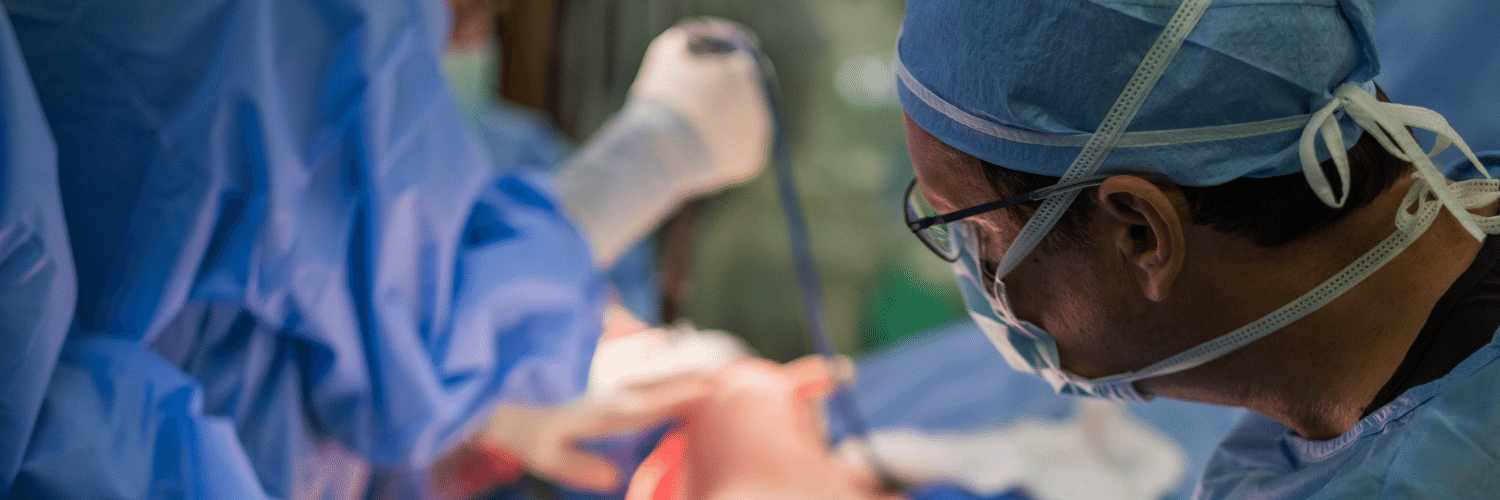
Second Stage DIEP Flap Surgery
Second Stage DIEP Flap Surgery September 08, 2020 Share on Facebook Twitter Linkedin DIEP flap breast reconstruction is typically comprised of at least two stages for the best outcomes. The second stage of surgery is commonly referred to as the “revision” stage and is usually performed about three months after the initial reconstruction. The purpose […]

If ‘Flaps’ Are Such A Great Breast Reconstruction Option, Why Doesn’t Everyone Get Them?
If ‘Flaps’ Are Such A Great Breast Reconstruction Option, Why Doesn’t Everyone Get Them? September 08, 2020 Share on Facebook Twitter Linkedin Flap-based breast reconstruction procedures, like the DIEP flap, offer patients a safe, natural implant-alternative option to reconstruction after a mastectomy. Flap surgeries are permanent and are associated with fewer complications after radiation when […]
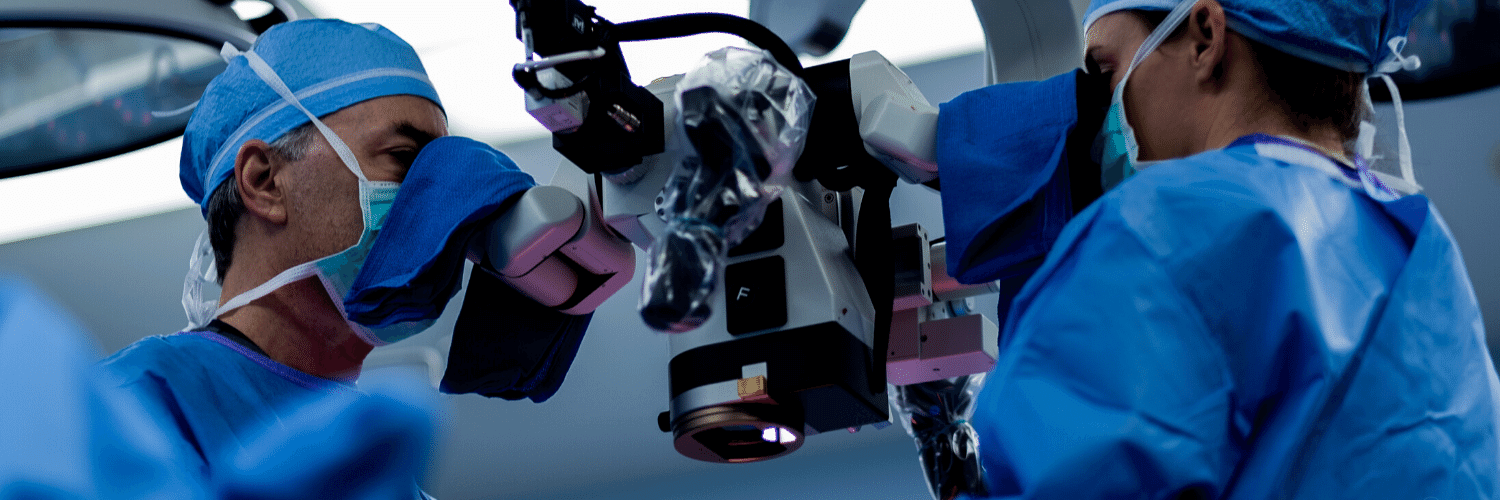
What is a Skin Island and How is it Used in Breast Reconstruction?
What is a Skin Island and How is it Used in Breast Reconstruction? September 08, 2020 Share on Facebook Twitter Linkedin What is a “skin island”? The term “skin island” is used to describe the remaining visible skin from a transplanted “flap” of tissue. In the setting of DIEP flap breast reconstruction, the skin island […]

Comparing APEX Flap and DIEP Flap Breast Reconstruction
Comparing APEX Flap and DIEP Flap Breast Reconstruction August 10, 2020 Share on Facebook Twitter Linkedin We have been receiving numerous inquiries about the “APEX flap” recently. Patients want to know what it is and how it differs from the DIEP flap. APEX is an acronym that stands for “Abdominal Perforator Exchange”. Many patients believe […]
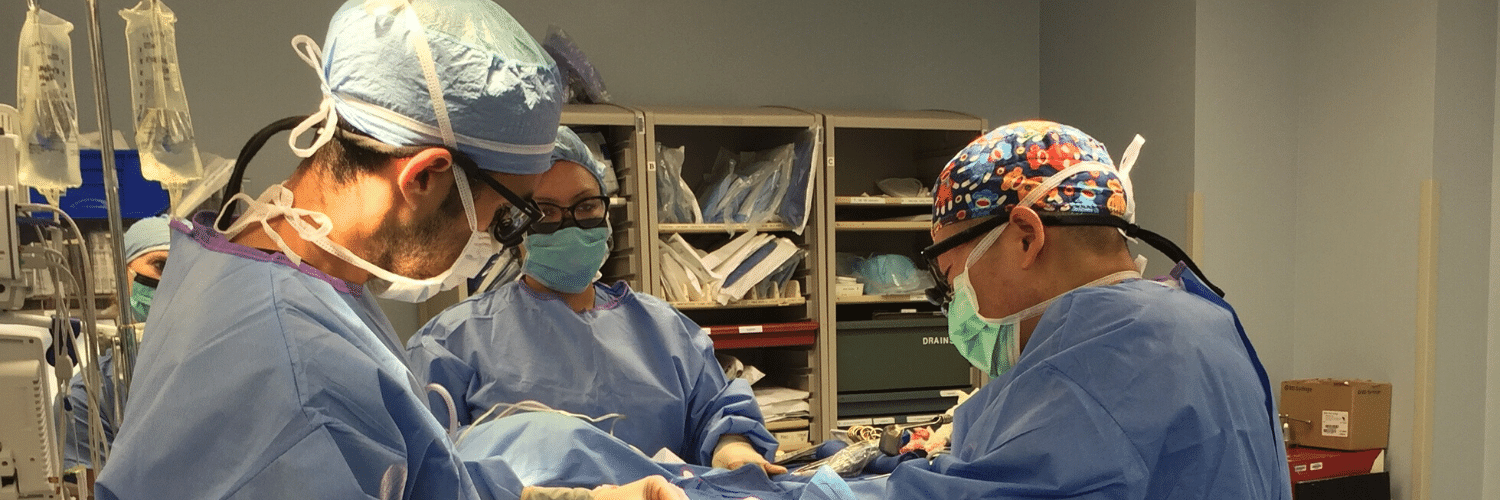
Monitoring the Health of Your Flap During & After Surgery
Monitoring the Health of Your Flap During & After Surgery July 21, 2020 Share on Facebook Twitter Linkedin Autologous flap (or tissue) breast reconstruction procedures represent today’s most advanced options for rebuilding a breast(s) following mastectomy. The most commonly performed method of flap-based reconstruction at PRMA is the DIEP flap. During this procedure, surgeons transplant skin […]
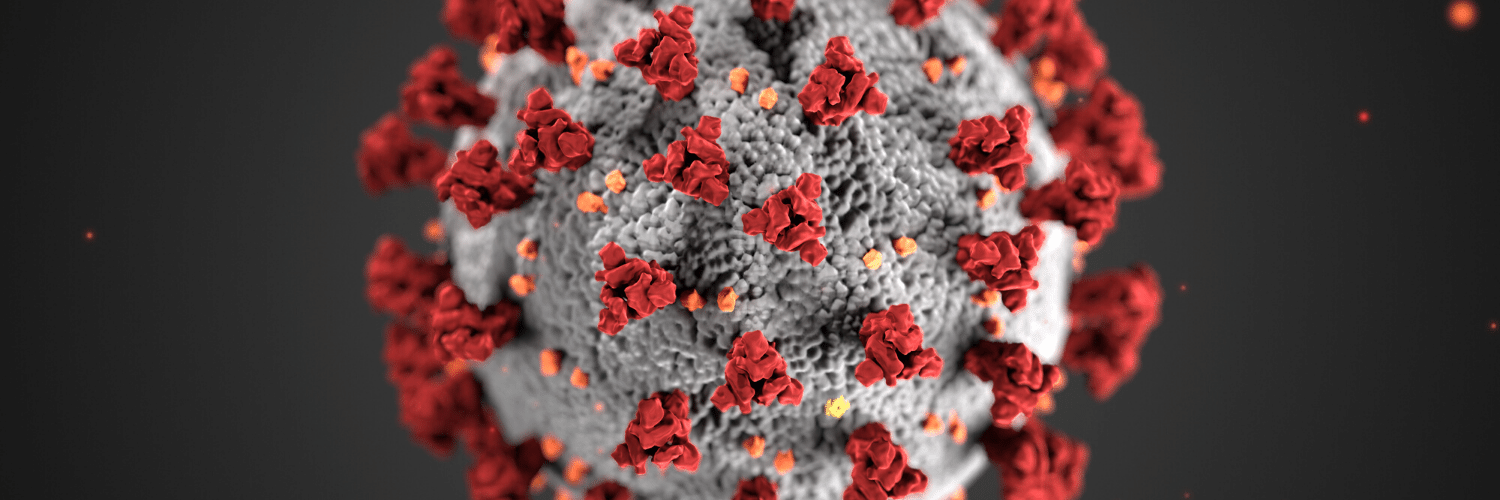
COVID-19 and the Impact on Cancer Patient’s Mortality
COVID-19 and the Impact on Cancer Patient’s Mortality July 21, 2020 Share on Facebook Twitter Linkedin There is still so much we do not know about COVID-19. Likewise, there is little known about how this disease impacts mortality for cancer patients. A study published in The Lancet evaluated and characterized the outcomes of patients with cancer […]

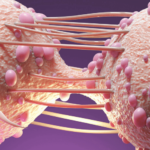
No Comments